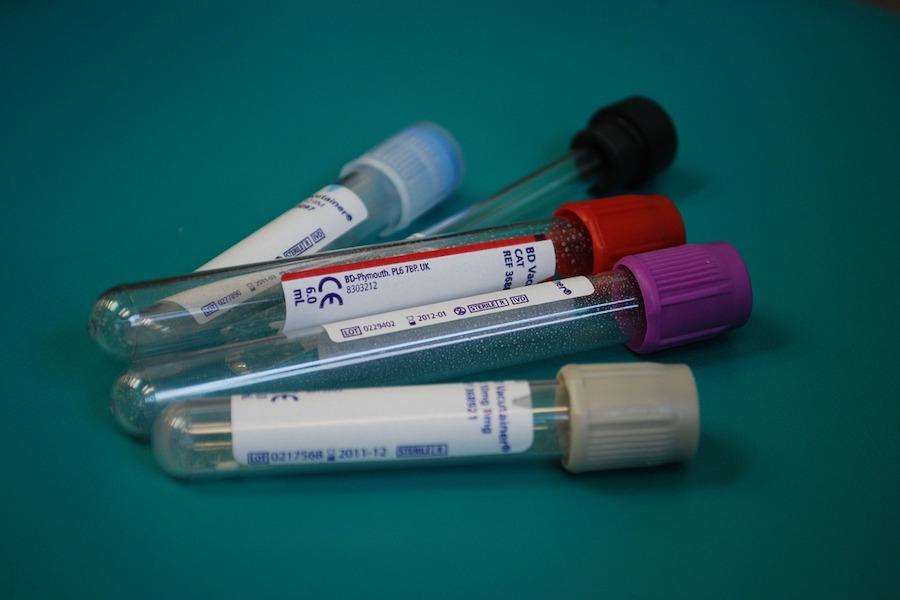During this visit, your practitioner will review your lab results from the previous visit and begin measuring your abdomen with a measuring tape to get a sense of the size of your growing uterus and baby. This is called the fundal height, or the distance between your pubic bone and the top of your uterus measured in centimeters. After 24 weeks of pregnancy, your fundal height measurement often matches the number of weeks you’ve been pregnant.
By now most mothers-to-be are feeling more energetic, experiencing less nausea and fewer mood swings, and have a general sense of wellbeing. You may be asked about “Quickening” or your baby’s first perceived movements. The earliest movements may feel like little flutters or gas bubbles. Some mothers-to-be may not feel movements until much later, around 20 to 22 weeks.
During this time, you will be offered multiple markers screening (MMS). MMS measures specific substances in the mother-to-be’s blood that originates from the fetus, the placental tissue, or a combination of both. MMS assesses your baby’s risk for having problems with brain and spinal cord and chromosomal abnormalities such as Down Syndrome. It is important to remember that these tests do not diagnose your baby with problems but simply determine the risk factor.
If the results shows that your baby is at high risk, you will be offered more invasive testing such as an amniocentesis. Amniocentesis is a diagnostic test that is more accurate in diagnosing abnormalities and involves obtaining fluid from around the fetus by placing a needle through mother’s abdomen. The MMS measures the levels of three (in a triple screen ) or four (in a quad screen) hormones and protein in your blood including AFP, hCG, estriol and inhibin A. The results are plugged into a formula that also factors in your age, weight, race and other issues to determine your baby’s risk.
